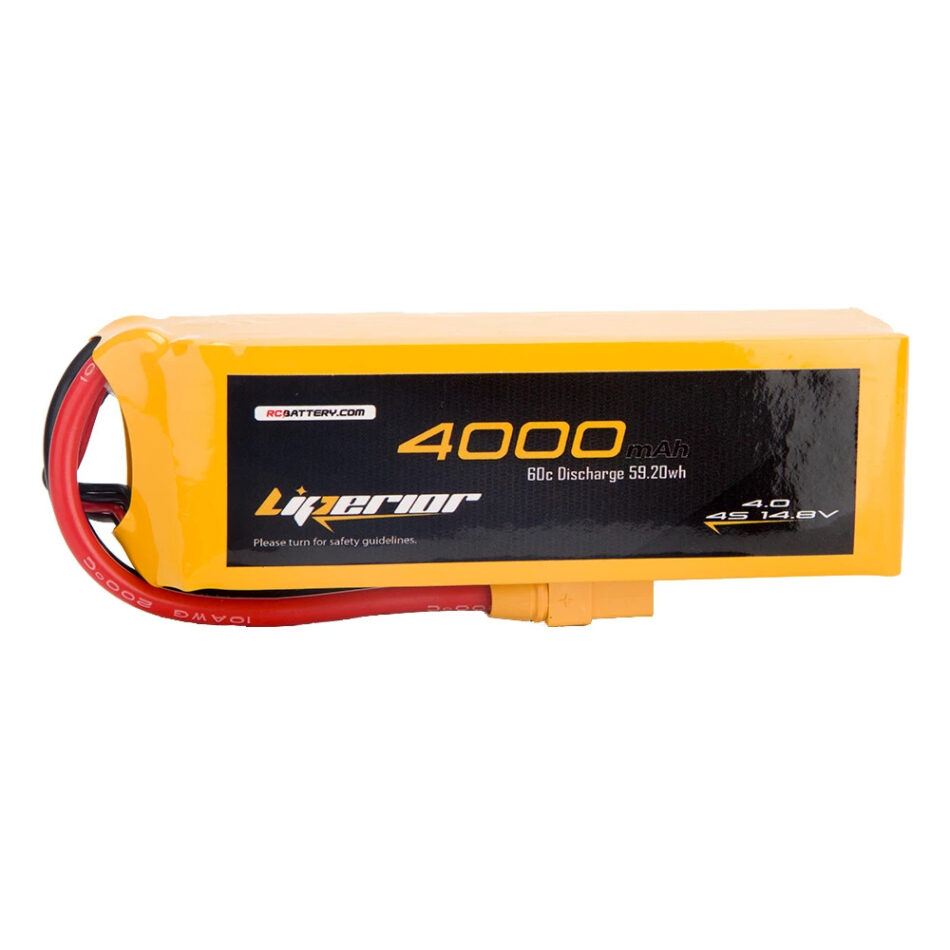Learn the crucial safety precautions for handling drone batteries. Discover best practices to prevent accidents, enhance battery lifespan, and ensure a safe flying experience.
Drone batteries, particularly Lithium Polymer (LiPo) batteries, are the lifeline of modern drones. They provide high energy density and lightweight characteristics, essential for extended flight times and advanced maneuverability. However, these benefits come with risks if safety precautions are ignored. Mishandling batteries for drone can lead to accidents, reduced battery lifespan, or even catastrophic failures like fires. This article explores essential safety tips for handling drone batteries to ensure safe operation and long-term reliability.
1. Understanding Drone Batteries
What Are Drone Batteries?
Drone batteries, primarily LiPo batteries, are compact yet powerful energy sources designed to power drones. These batteries deliver high performance but are also sensitive to improper handling due to their chemical composition.
Why Safety Matters in Drone Battery Handling
Drone batteries are prone to risks such as overheating, short circuits, and physical damage. Without proper precautions, these risks can result in fire hazards or irreversible damage to the battery and the drone. For instance, a single puncture in a LiPo battery can trigger a dangerous chemical reaction.
2. General Handling Safety Precautions
Inspecting the Battery
- Always check for physical damage such as swelling, cracks, or leaks before use.
- Avoid using batteries with visible damage to prevent malfunction or hazards.
Proper Charging Practices
- Use only manufacturer-approved chargers to avoid overloading the battery.
- Never leave batteries unattended during charging.
- Charge batteries in a fire-resistant location, such as a LiPo-safe bag.
Storing Batteries Safely
- Store batteries in a cool, dry place away from direct sunlight.
- Use fireproof containers for long-term storage.
- Maintain a 50% charge level for storage periods longer than a week to preserve battery health.
Avoiding Physical Damage
- Handle batteries with care to prevent drops or impacts.
- Keep batteries away from sharp objects or conductive materials that could cause short circuits.
3. In-Flight Safety Measures
Monitoring Battery Levels During Flight
- Use battery monitoring systems to track power levels in real-time.
- Return the drone to base before the battery reaches critically low levels to avoid mid-flight power loss.
Avoiding Extreme Environmental Conditions
- Do not operate drones in extreme heat or cold, as temperature variations can degrade battery performance.
- For best results, use batteries within the recommended temperature range specified by the manufacturer.
Preventing Overloading
- Ensure the drone’s payload does not exceed its weight capacity.
- Overloading increases the strain on the battery, reducing its lifespan and performance.
4. Emergency Protocols for Battery Hazards
Dealing with a Swollen or Damaged Battery
- Immediately stop using swollen or damaged batteries.
- Place the battery in a fireproof container and dispose of it responsibly at a certified e-waste facility.
Handling Battery Fires
- Use a Class D fire extinguisher or sand to extinguish battery fires.
- Never use water on a LiPo battery fire as it can exacerbate the flames.
5. Enhancing Longevity and Safety
Regular Maintenance Practices
- Clean battery contacts regularly to maintain optimal performance.
- Rotate batteries to distribute usage evenly and prevent over-reliance on a single unit.
Educating Yourself and Others
- Stay updated on the latest safety guidelines provided by manufacturers.
- Train new users to handle drone batteries safely and responsibly.
6. Common Misconceptions About Drone Battery Safety
Batteries Don’t Need Special Care.
This myth can lead to negligence. Proper care significantly extends battery life and ensures safety.
Overcharging Adds Extra Flight Time.
Overcharging doesn’t enhance performance; it increases the risk of overheating and damage.
Conclusion
Drone batteries are essential for an efficient flying experience, but their power comes with responsibilities. By following proper handling, storage, and maintenance practices, you can ensure safety and extend battery life. Prioritizing these safety precautions not only protects your equipment but also safeguards you and those around you. Remember, a well-maintained battery is the cornerstone of a smooth and enjoyable drone experience.
FAQs
1. Why is it important to use a manufacturer-approved charger for drone batteries?
Manufacturer-approved chargers match the battery’s specifications, ensuring safe and efficient charging without overloading.
2. What should I do if my drone battery starts swelling?
Stop using the battery immediately, isolate it, and dispose of it at a certified e-waste facility.
3. Can I store my drone batteries fully charged?
No, it’s recommended to store batteries at a 50% charge level to prevent degradation over time.
4. How do extreme temperatures affect drone batteries?
High temperatures can lead to overheating, while freezing conditions reduce performance and lifespan.
5. What is the safest way to dispose of old or damaged drone batteries?
Take them to a certified e-waste recycling facility or contact local waste management services for proper disposal.
6. Are LiPo-safe bags necessary for charging and storage?
Yes, they provide an added layer of safety by containing potential fires during charging or storage.
7. What should I do if my drone battery catches fire?
Use a Class D fire extinguisher or sand to extinguish the flames and avoid using water.






